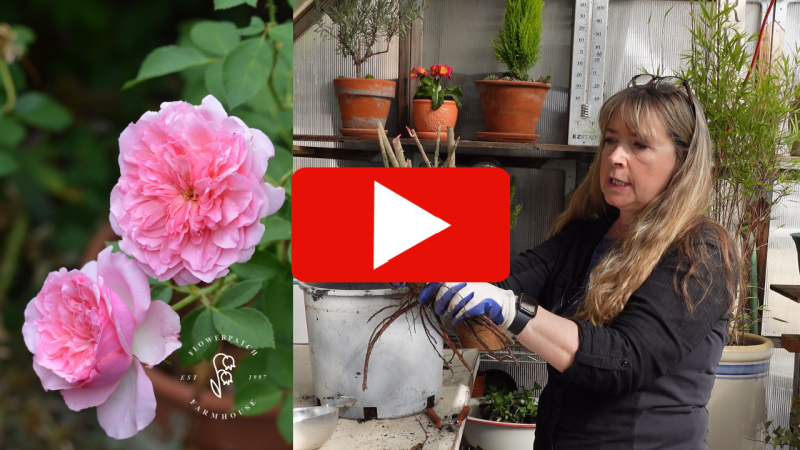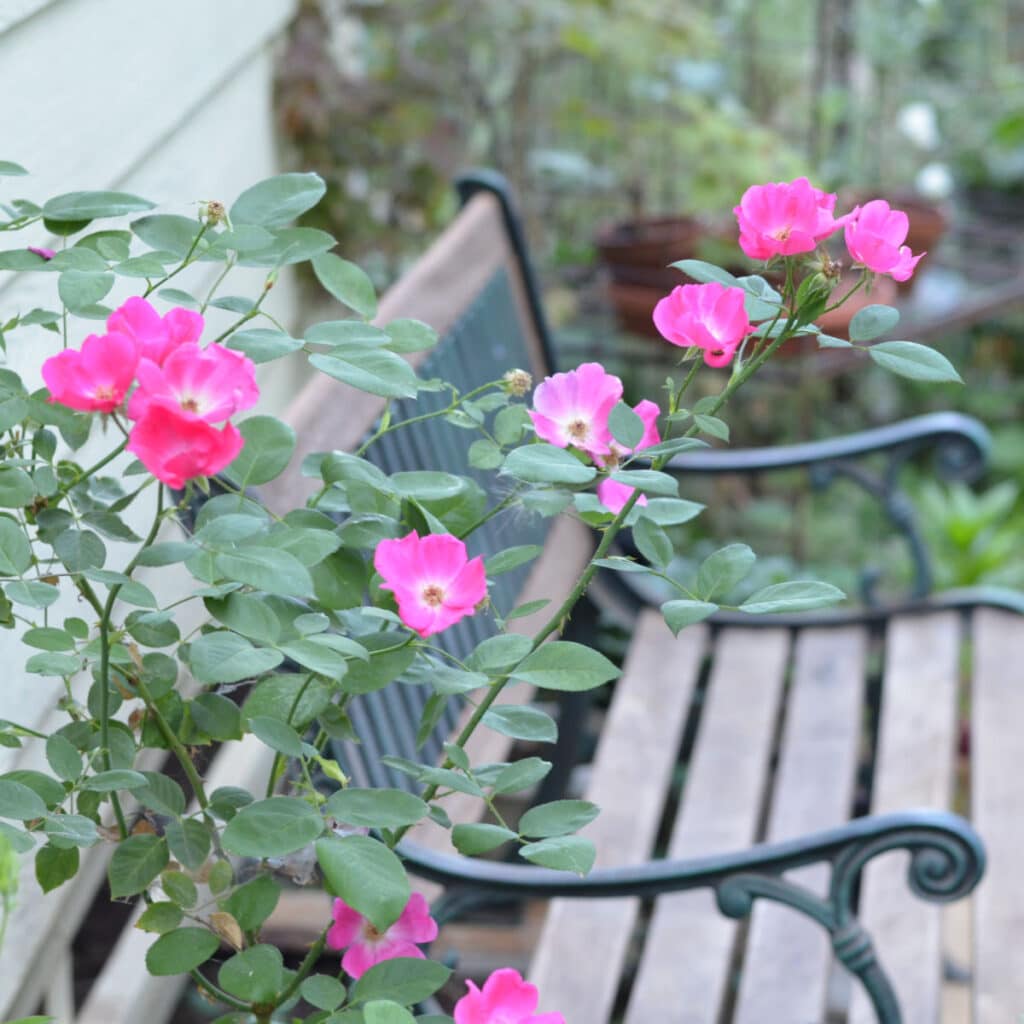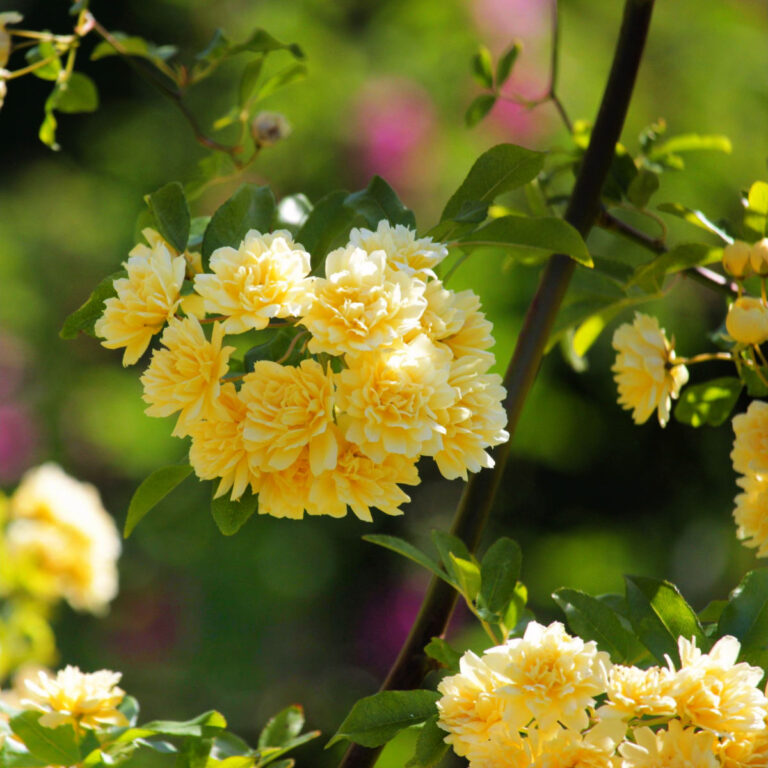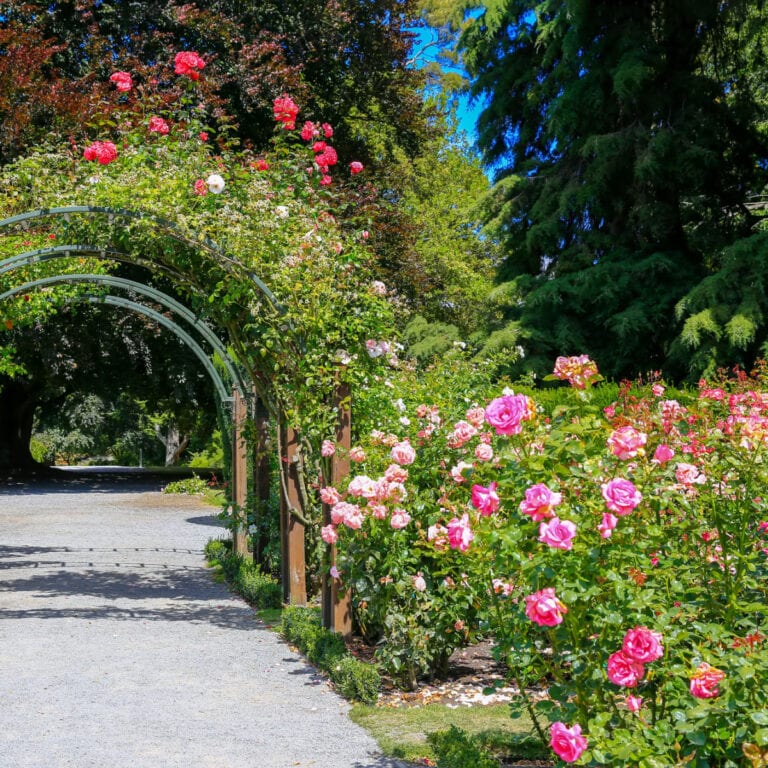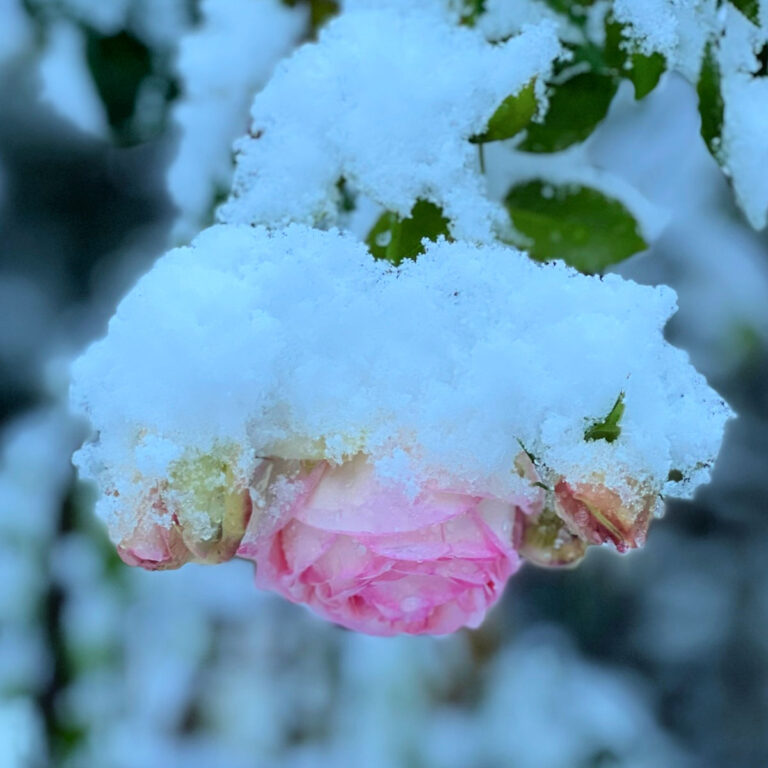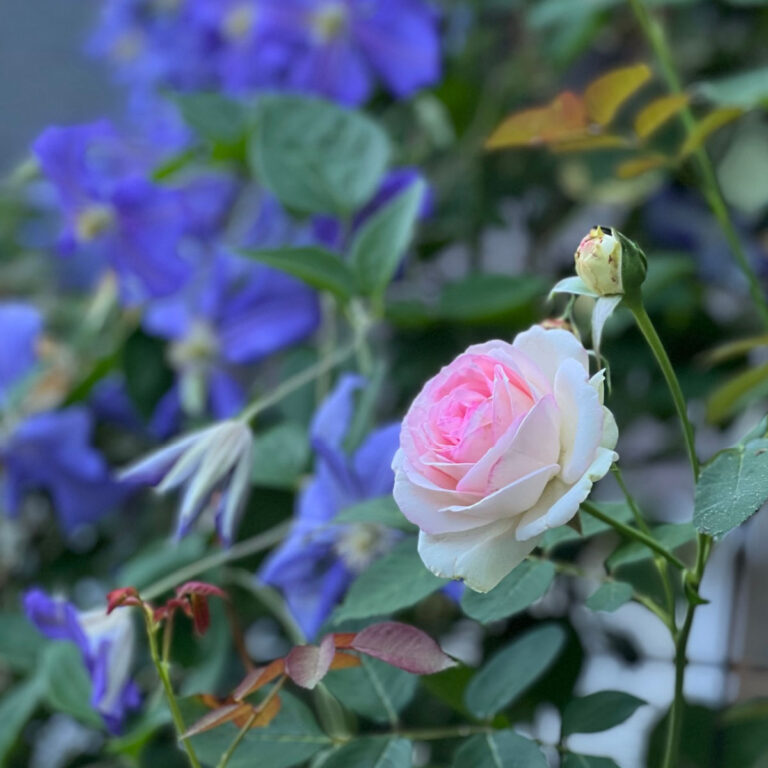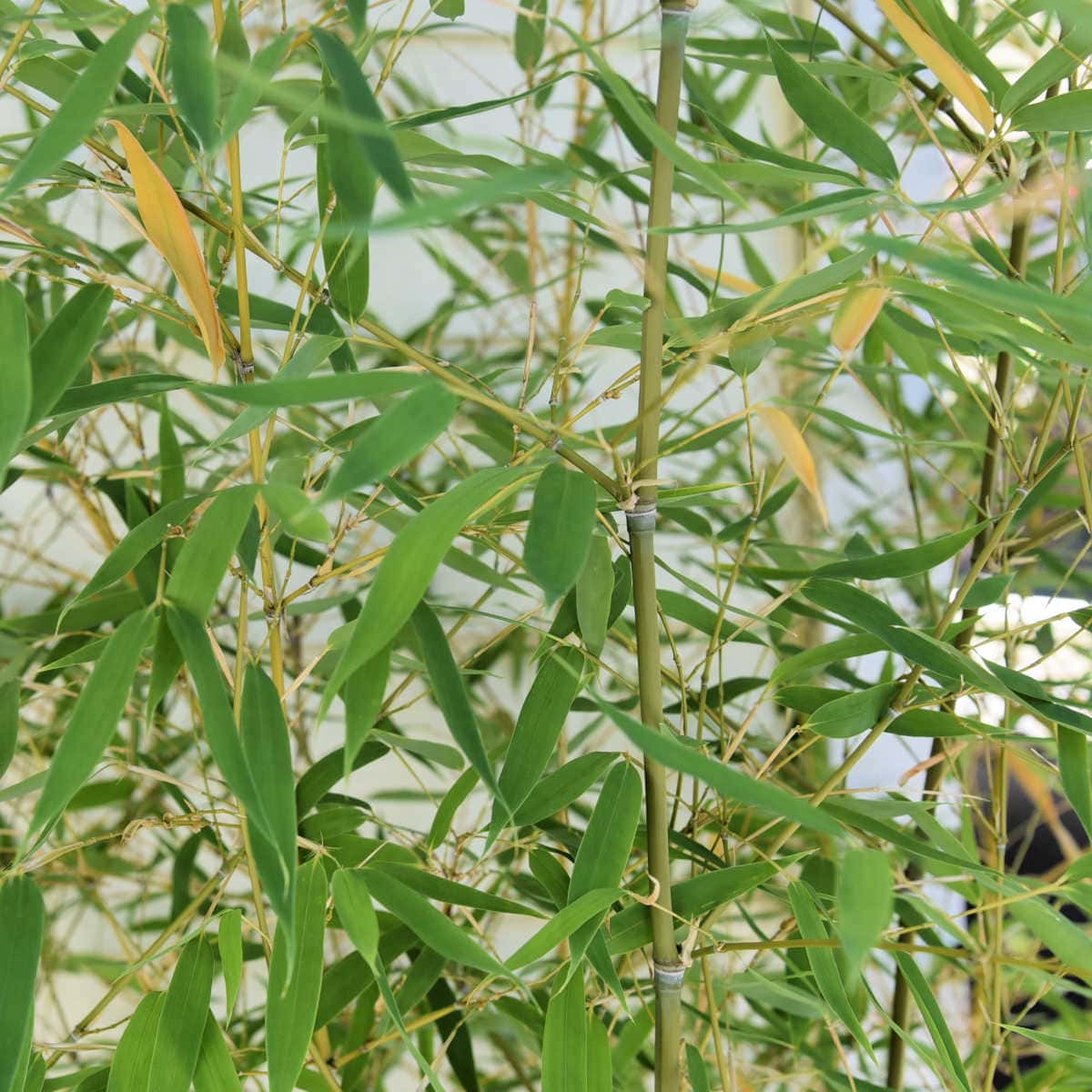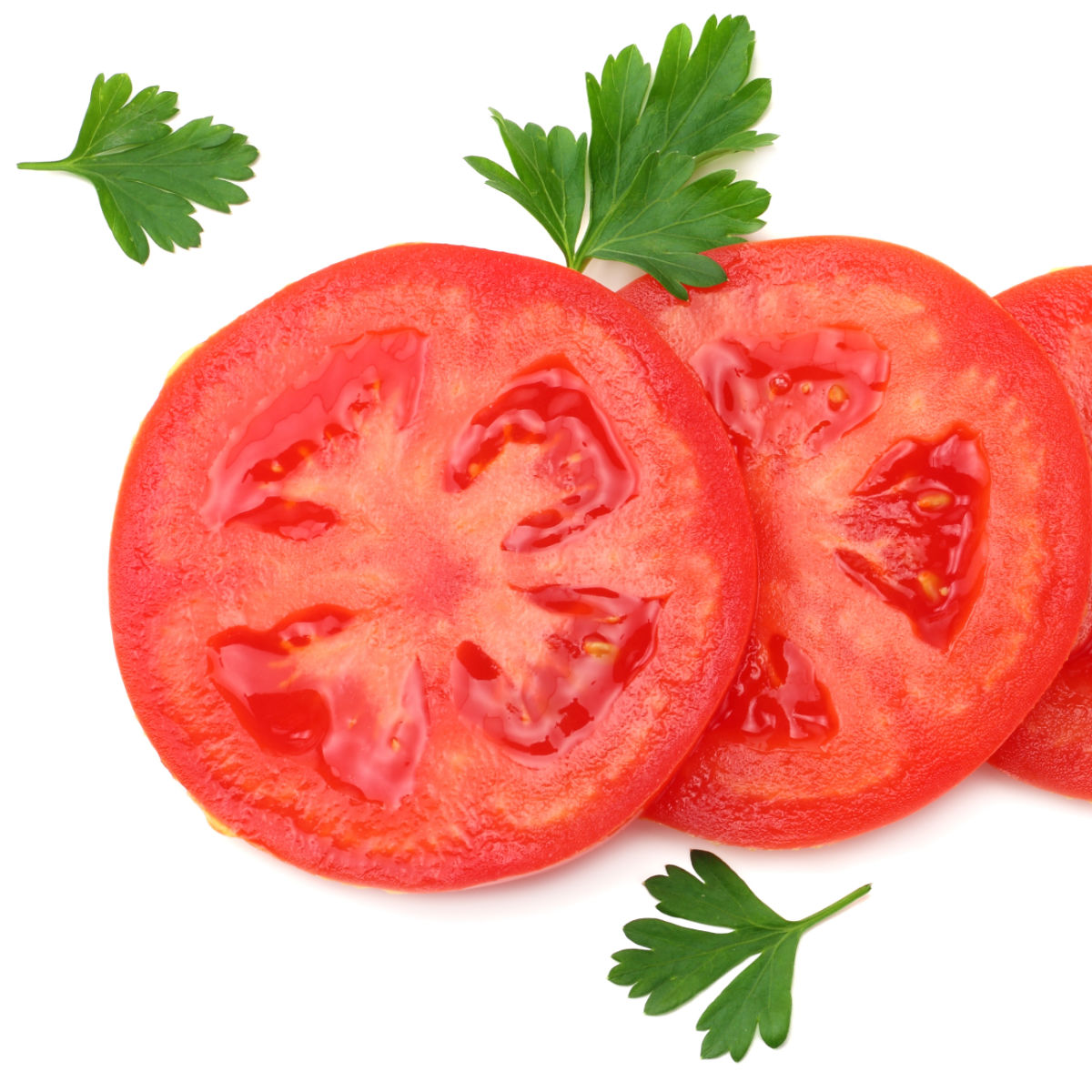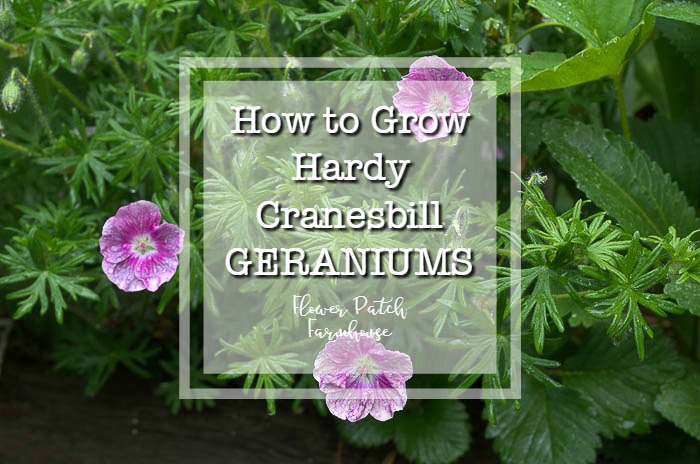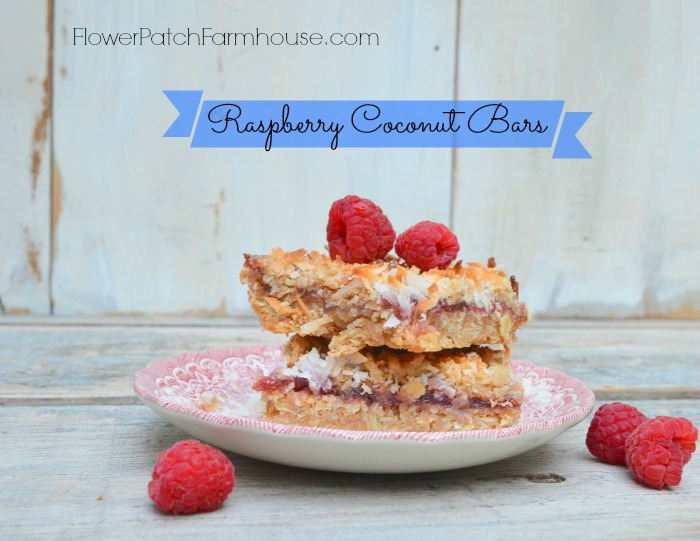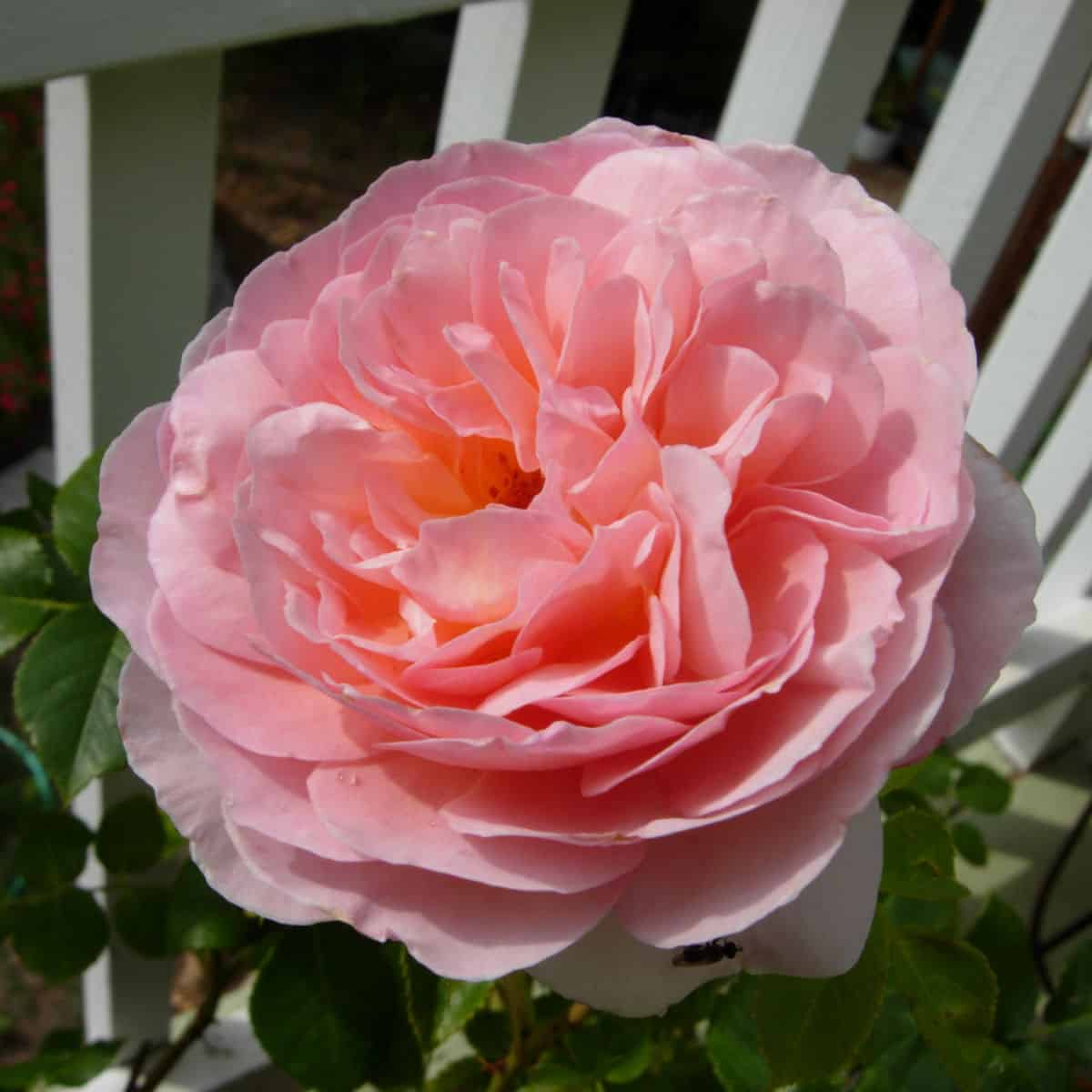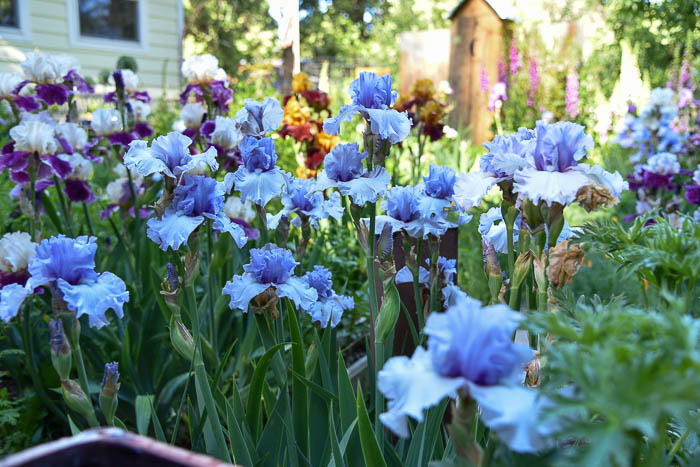Growing Bare Root Roses: Your Easy Step-by-Step Guide
Gardening lovers, like me, often find themselves delighted by the elegant blooms and aroma of roses. Among the various methods of planting roses, growing bare root roses is particularly popular for its cost-effectiveness and wide selection of varieties.
This blog post will guide you through the steps of growing bare-root roses, from selection to flourishing blooms.
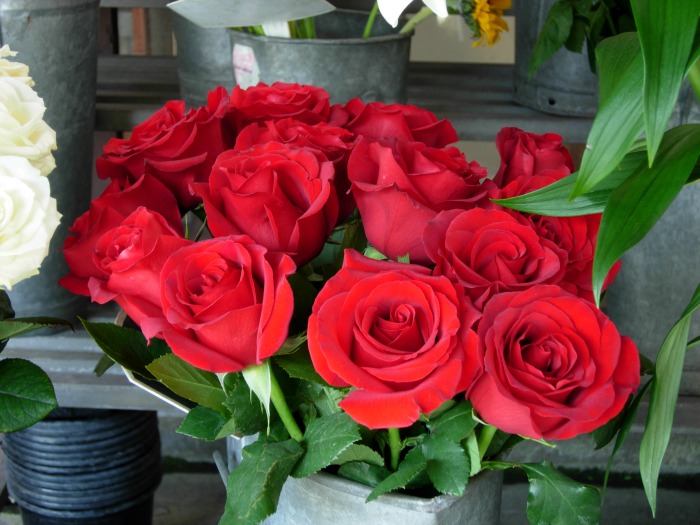
When purchasing online, bare root roses can be more budget-friendly because the shipping costs are lower than potted.
In January and February, you can often find bare-root roses at garden centers and big box stores as this is considered the best time to plant them in many areas. (about the same time as bare-root fruit trees)
You can also find them online.
Some are own root roses and others are a grafted rose. I prefer own-root roses for many reasons.
You can choose from classic hybrid tea roses to luscious shrub roses, there is such a colorful variety of rose plants!
Some spell it bareroot roses or bare-root roses but don’t be confused, they are the same.
What are Bare Root Roses?
Bare root roses are dormant plants sold without soil around their roots, typically during late winter or early spring depending upon the hardiness zone.
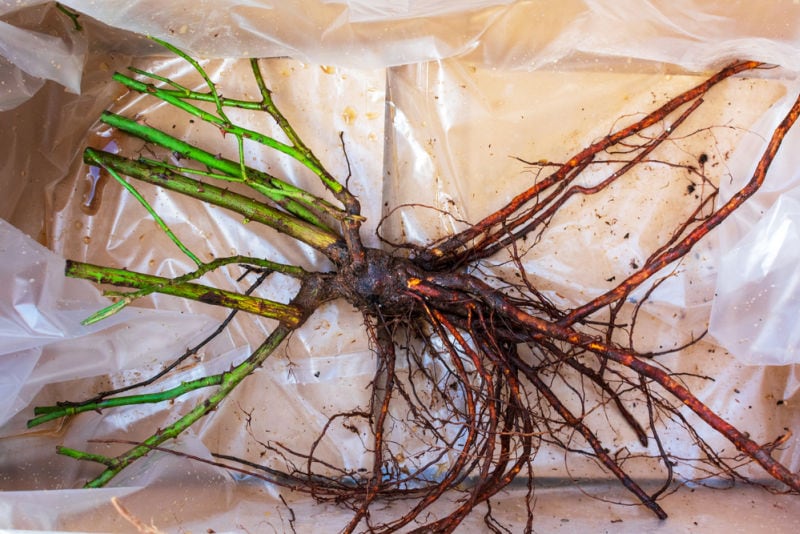
Shipping them bare root makes them easier to handle and typically more affordable than potted roses. They come in a wide range of varieties, offering gardeners many choices in color, fragrance, and form.
Selecting Bare Root Roses
When selecting bare-root roses, look for healthy, robust plants. The roots should be moist and well-formed, and the canes (stems) should be thick and sturdy.
Avoid plants with dry, shriveled roots or those showing signs of damage or disease. Open the box immediately and inspect your roses if you bought them online and had them shipped.
Reputable growers stand behind their product and will make it right if there are any issues.

Note: some vintage roses can be more susceptible to disease but many newer selections are bred for disease resistance
Preparing for Planting
Before your roses arrive, prepare the planting site. Choose a location with at least six hours of sunlight daily and well-draining soil.
If you have not already been regenerating your soil, amend the soil with organic matter, compost, or aged manure to improve its fertility and structure. Good drainage is always key.
all the best garden tips
Stop Fertilizing, Feed the Soil Instead!
If you buy your bare root plants online they often come in plastic bags filled with peat moss or damp wood shavings. If you live in a cold climate (like me) and have snow on the ground when your roses arrive you can plant them in pots until time to place them in the ground safely.
Planting Bare Root Roses
- Soak the Roots: Before planting, remove from plastic bags, and soak the roots in a bucket of water for 12-24 hours. This rehydrates the plant and helps it recover from its dormant state. (some debate whether this step is necessary but it doesn’t hurt so I do it)
- Dig a Hole: Dig a planting hole wide and deep enough to accommodate the roots of the plant comfortably. Make a small mound of soil in the center of the hole to support the plant. Do not add any fertilizers or compost to the bottom of the hole!
- Position the Rose: Place the rose on the mound, spreading the roots down and around it. In warm climates, the bud union (the swollen area where the canes join the roots) is just above the soil level. This is usually where the graft point is, in colder climates, you will want this to be just under the soil as added protection.
- Backfill the Hole: Gently backfill the hole with soil, firming it around the roots. Water thoroughly to settle the soil and eliminate air pockets.
Turn your Bare Root Roses into Container Roses with these easy tips.
Growing Roses in Containers is Easy!
Best Care – Roses Bare-Root
Watering:
Keep the soil consistently moist but not soggy. Watering deeply once a week is usually sufficient, but adjust based on local weather conditions.
Mulching:
Apply a layer of organic mulch around the base to conserve moisture and suppress weeds.
Fertilizing:
Once the plant shows new growth, begin fertilizing with an organic liquid fertilizer according to the package instructions.
Specific rose fertilizers are not necessary. A quality organic feed is sufficient.
These are my favorites: Dakota Eco Organic Plant Food and Agrothrive
The Best Rose Fertilizer!
Pruning:
Prune bare-root roses to shape the plant and encourage strong growth. Remove any damaged or diseased canes.
Protection:
In colder climates, provide winter protection by covering the base with extra mulch or using rose cones. This is especially important for a new rose.
Common Challenges
Pests and Diseases:
Regularly inspect your roses for signs of pests or diseases during the growing season. Treat promptly with appropriate organic measures.
Climatic Stress:
Extreme weather can stress plants. Provide extra water during hot, dry periods, and ensure adequate winter protection.
Here is a list of growers that offer roses grown on their own roots…
Growers that Offer Roses Grown on Own Roots
For me, there is nothing as wonderful as walking through my garden and catching a whiff of a fragrant rose. Growing bare root rose bushes can be a rewarding experience, adding beauty and fragrance to your garden.
With proper selection, planting, and care, these roses will thrive and provide years of enjoyment.
Press here for a list of all my Rose Gardening articles!
Happy Rose Gardening!
